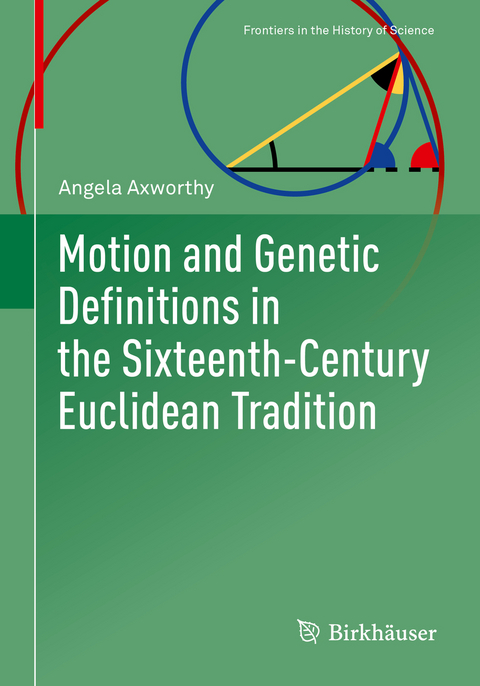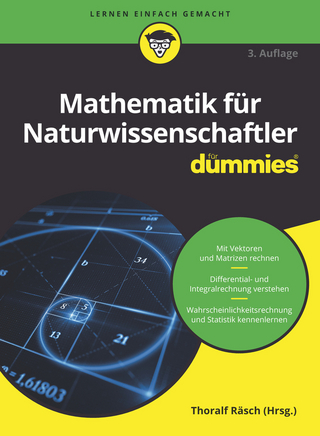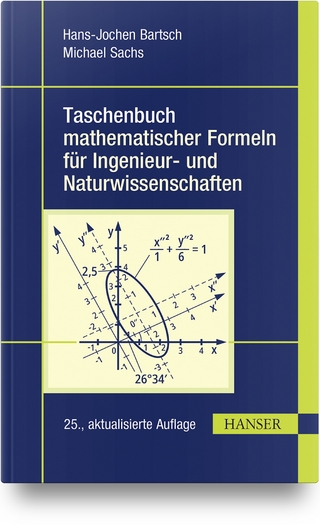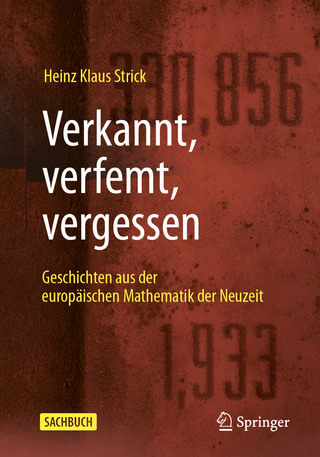
Motion and Genetic Definitions in the Sixteenth-Century Euclidean Tradition
Springer International Publishing (Verlag)
978-3-030-95816-9 (ISBN)
1. Introduction.- 2. Oronce Fine.- 3. Jacques Peletier.- 4. François de Foix-Candale.- 5. Henry Billingsley.- 6. John Dee.- 7. Federico Commandino.- 8. Christoph Clavius.- 9. Synthesis: Continuities and Transformations in the Status of Geometrical Motion and Genetic Definitions from Fine to Clavius.- 10. Later Developments in the Seventeenth Century: a Cartesian Epilogue.
"Axworthy offers a specialized examination of a particularly specific yet profoundly pertinent aspect in elucidating the early modern history of mathematics and philosophy. The clarity and depth in her presentation, coupled with a multidisciplinary, erudite approach, renders it a delightful and enlightening contribution." (Álvaro José Campillo Bo, Historia Mathematica, November 22, 2024)
"Axworthy's book fills a gap in the history of the understanding of Euclid's Elements by showing how various commentators have understood the use of kinematic concepts in Euclidean geometry. She concludes her work by showing how the ideas of these commentators contributed to the further acceptance of kinematic approaches to geometry in the work of Descartes and others in the following century." (Victor J. Katz, Mathematical Reviews, November, 2023)
| Erscheinungsdatum | 07.05.2022 |
|---|---|
| Reihe/Serie | Frontiers in the History of Science |
| Zusatzinfo | XV, 300 p. 17 illus. |
| Verlagsort | Cham |
| Sprache | englisch |
| Maße | 168 x 240 mm |
| Gewicht | 535 g |
| Themenwelt | Mathematik / Informatik ► Mathematik ► Allgemeines / Lexika |
| Mathematik / Informatik ► Mathematik ► Geschichte der Mathematik | |
| Schlagworte | Christoph Clavius • euclidean postulates • Euclid Elements • Federico Commandino • geometrical definitions • Henry Billingsley • History • history of geometry • kinematic • Philosophy |
| ISBN-10 | 3-030-95816-7 / 3030958167 |
| ISBN-13 | 978-3-030-95816-9 / 9783030958169 |
| Zustand | Neuware |
| Informationen gemäß Produktsicherheitsverordnung (GPSR) | |
| Haben Sie eine Frage zum Produkt? |
aus dem Bereich


